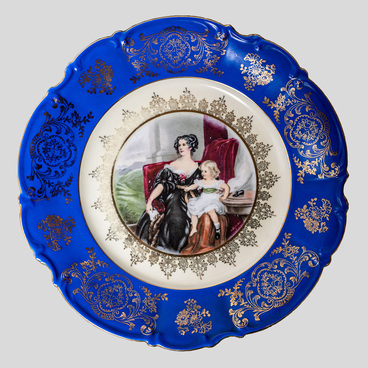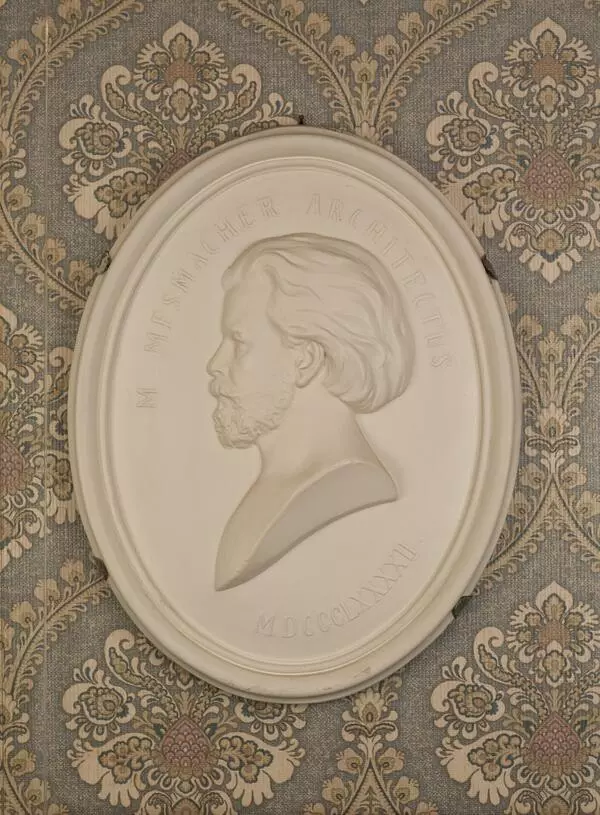The bust image of Emperor Alexander II is located on a round pedestal. A characteristic feature of this bust is the shoulder boards of the Major General of His Imperial Majesty’s suite in the uniform with the monogram of Nicholas I. The pedestal is cast: its upper part is rounded and looks like a column mounted on a hollow octagonal base on a rounded establishment. The inner side of the establishment under the emblem “Kas. 1908” contains the signature of the molder: “Θ. Samoylin.” The double-headed eagle was affixed to the products of the Kasli plant during the period from 1896 to 1910.
The history of Kasli casting began in 1747, when Tula merchant Yakov Korobkov bought 250 thousand acres of land for 150 rubles and founded the Kasli iron-making and iron-smelting plant in the South Urals. The selected site was rich in cast iron and foundry sand, as well as wood for coal production. When the plant came into the possession of the Demidovs in 1751, Kasli cast iron products were already widely known in Europe and Asia. A free merchant of the 1st guild, Lev Rastorguyev, was the next owner of the plant: he paid 700 thousand rubles for the plant. The talented manager had increased the popularity of Kasli iron casting over the years of his work. Starting from 1809, he and his heirs engaged new talented sculptors, painters, engravers and molders to manufacturing. The graduates of the St. Petersburg Academy of Arts, Mikhail Kanayev and Nikolay Bach, were invited to Kasli and later organized an art school at the plant.
The years of 1860–1890 were the bloom of Kasli cast iron art casting. During this period the Kasli Foundry received a Small Gold Medal of the Free Economic Society in 1860, participated in exhibitions in St. Petersburg, Nizhny Novgorod, Paris, London and other cities of the world. The 1900 Paris World Exhibition of Applied Arts, for which the plant’s craftsmen cast a huge cast-iron pavilion-palace in the Byzantine style, designed by Eugene Baumgarten, was a special historical event for the Kasli plant. Nikolay Laveretskiy’s sculpture “Russia” located at the entrance and depicting a warrior woman who protected the peace and was ready for new victories, was the central element of the pavillion. The pavilion was recognized as a masterpiece of foundry art and received the highest award.
There were many who wanted to buy the pavilion at the exhibition, but all buyers wanted to buy it only together with all the exhibits shown in it, including the statue itself. Russian authorized representatives agreed with all the conditions of the buyers, except for one - they refused to sell the sculpture, which symbolized the Russian Empire, and stated: “Russia” is not for sale! ’ The deal did not materialize, and the statue returned to Russia along with the pavilion. After that, for many years, boxes with the details of the pavilion lay in a basement of one of the private houses in Kasli.






